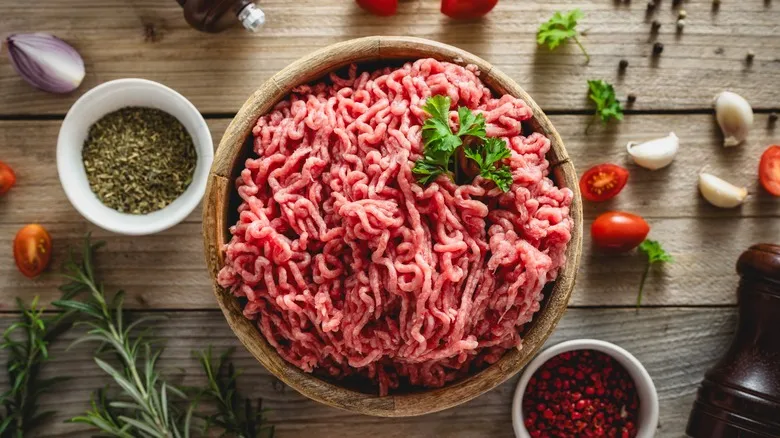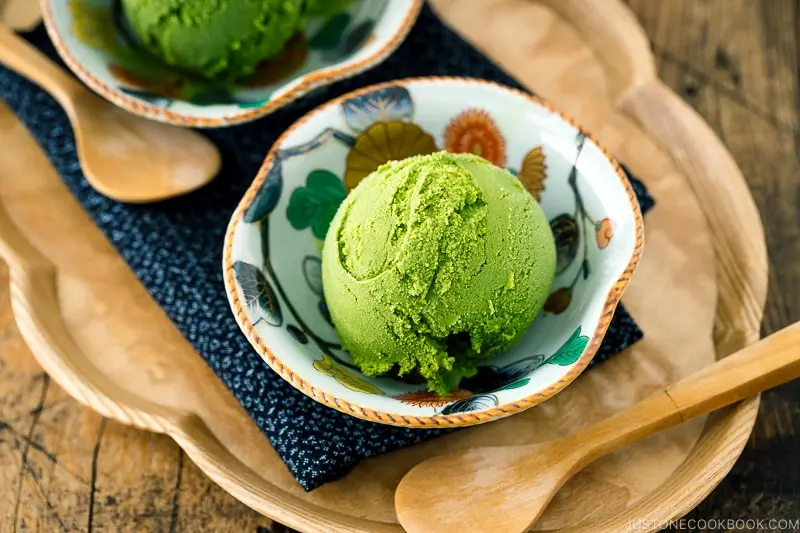Tilapia's bad rap

Many individuals view tilapia as unclean or unhealthy due to the mistaken belief that it is raised in substandard conditions and fed waste. Scientists from the Monterey Bay Aquarium's Seafood Watch have dispelled these myths, explaining to The Washington Post that while manure may be used to fertilize the algae and plankton in tilapia ponds, it is not used as fish feed (though such a practice could be considered sustainable if contamination were not an issue). A USDA report from 2009, referenced by the Post, claimed that in Chinese tilapia farms, fish consumed livestock waste; however, a Seafood Watch expert stated they were unaware of this ever occurring.
If you remain doubtful, Seafood Watch provides a list of responsibly farmed tilapia and those to avoid, helping consumers make informed choices about their health. The conservation program recommends purchasing tilapia farmed in Colombia, Indonesia, or Taiwan, as well as yellow-rated, ASC-certified tilapia from Mexico.
Another common criticism of tilapia is unrelated to its farming practices. Many chefs criticize its mild flavor, deeming it uninspiring. Chef Bob Kinkead, who runs two restaurants in Vienna, Austria, once described tilapia to The Washington Post as "insipid," "spongelike," and "inferior." He firmly stated, "Not in my restaurant. Never sold it, won't sell it." Ouch.
The benefits of tilapia

It's not all negative. Tilapia is recognized as one of the fish with the lowest mercury levels, making it a safe choice for regular eating. It also offers several health benefits, making it a favored option for those seeking a healthy and adaptable protein source. Speaking of protein, it is loaded with it—approximately 26 grams per 3.5-ounce serving—and it's very lean, making it ideal for those who want protein without the added fat.
Additionally, tilapia is a good source of essential nutrients, including vitamins B12 and D, phosphorus, and selenium. These minerals are thought to be vital for overall health, supporting everything from heart function to immune system strength and bone health. While tilapia doesn't have as much omega-3 fatty acid content as some other fish, it remains a nutritionally sound option.
Lastly, it's extremely versatile. This fish can be grilled, sautéed, baked, or broiled, and it often features in fried fish sandwiches as well. Its adaptability allows it to fit into a wide range of dishes. Thanks to its mild flavor, it complements a variety of seasonings and sauces. Plus, it's budget-friendly, which many people find appealing.
Recommended

3 Misconceptions You Shouldn't Believe About The Labels On Your Bread

Here's The Safest Way To Dispose Of Recalled Foods

Here's How Long Ground Beef Is Safe In Your Fridge, Raw Or Cooked

The Dark Chocolate Brands With The Lowest Lead And Cadmium Levels
Next up





